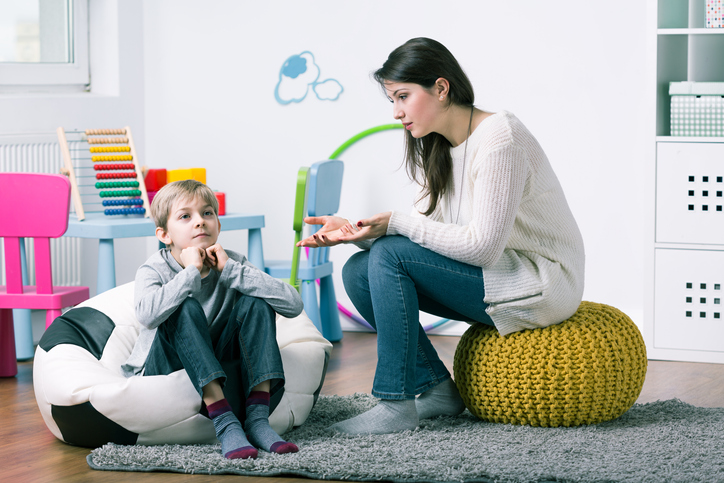
Trauma informed schools help their students who have Adverse Childhood Experiences (ACE) learn coping strategies which allow them to thrive in school and in life. This approach focuses on the connection between what is happening in and out of school, rather than treating school as a separate entity. By understanding the connection between home and school, and working to repair damage that has been done as a result of trauma, trauma sensitive education is helping students develop skills which enable them and their fellow students to learn.
A trauma informed school is a learning environment that focuses on helping students rise above their circumstances, specifically Adverse Childhood Experiences. This means implementing programming and spaces where students can process and overcome the trauma in their childhood. That could mean getting extra one-on-one emotional support, creating classes where students learn social skills and coping mechanisms, and adjusting the decor of the school to build an environment that exudes calm and safety.
When children have lived through exceptionally difficult experiences, or come home on a daily basis to challenging circumstances, it is very difficult for them to function properly in the classroom. They often build up a distrust for adults and authority figures, and have difficulty regulating their emotions, because their social skills are stunted. All of these challenges can have dramatically negative impacts in the classroom, not just on the children themselves, but also on all of the students around them, as well as their teachers. If students are lashing out at their peers and educators, no one can learn properly.
This approach to education entails helping children affected by trauma overcome the difficulties they have developed as a result of these experiences. One of the most common negative effects of trauma is becoming distrustful of adults and lashing out. One way to help students rebuild their trust so they can focus better in the classroom, is creating a system where they have the opportunity to build a positive relationship with an adult. This can be through a mentorship program where a student meets with a designated adult regularly. Another great idea is to create a course where students learn social skills as part of the regular curriculum.
The learning spaces themselves can help students who have experienced trauma. One great idea is to create some private quiet spaces where children can go to calm down when they are feeling the impulse to lash out. These spaces should be filled with soft seating (https://www.hertzfurniture.com/Soft-Seating--471--ca.html) and active seating (https://www.hertzfurniture.com/Active-Seating--479--ca.html), so students can choose whether they want to sink in and relax, or release some of their negative energy through some healthy movement. There should also be some sensory toys that students can squeeze and pull, as they overcome their negative emotions and think of an appropriate response to all of their feelings. This space will allow them to deal with their feelings, so they have the emotional energy to implement the social skills strategies they have learned.
Of course we wish none of our students ever had to live with Adverse Childhood Experiences, but since we can’t prevent them, instead we have to learn how to help our students live with them. Trauma informed schools help all children learn better, so everyone can develop the skills to overcome the negative effects of their challenging life experiences.
